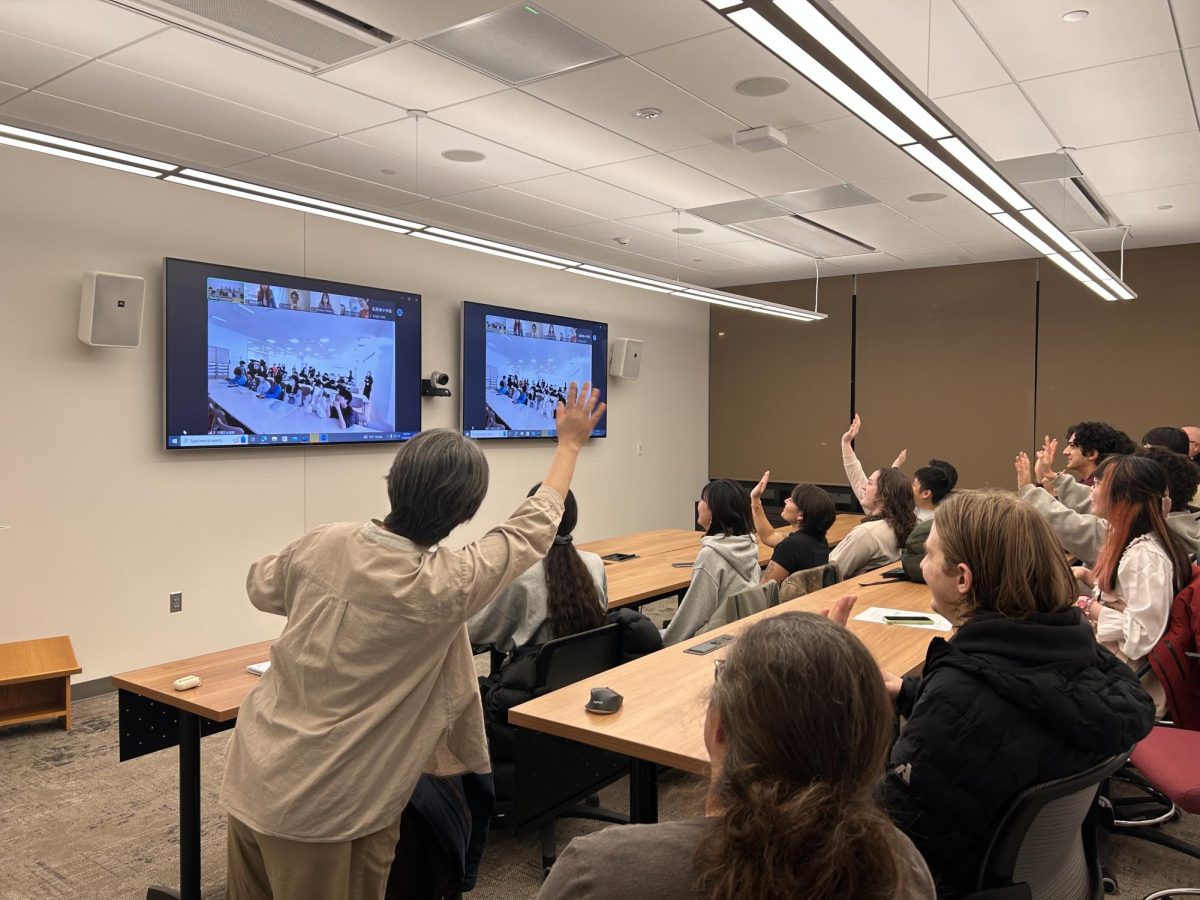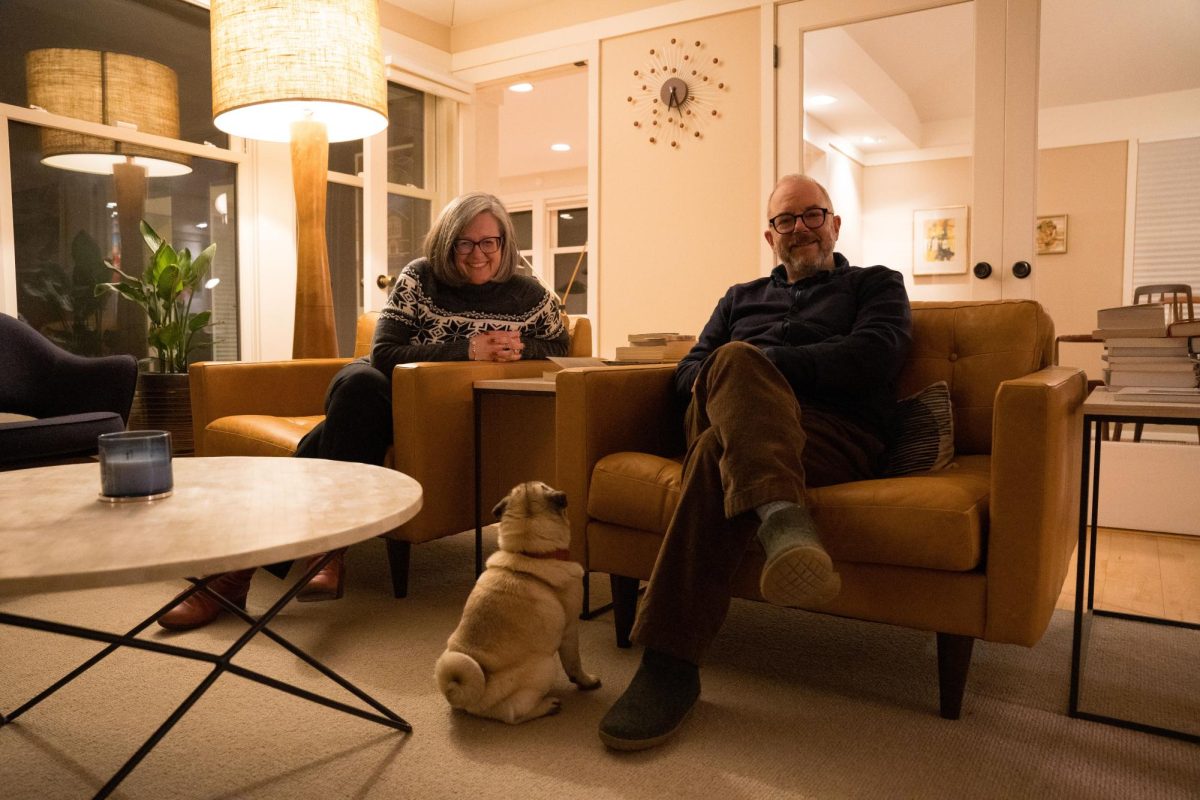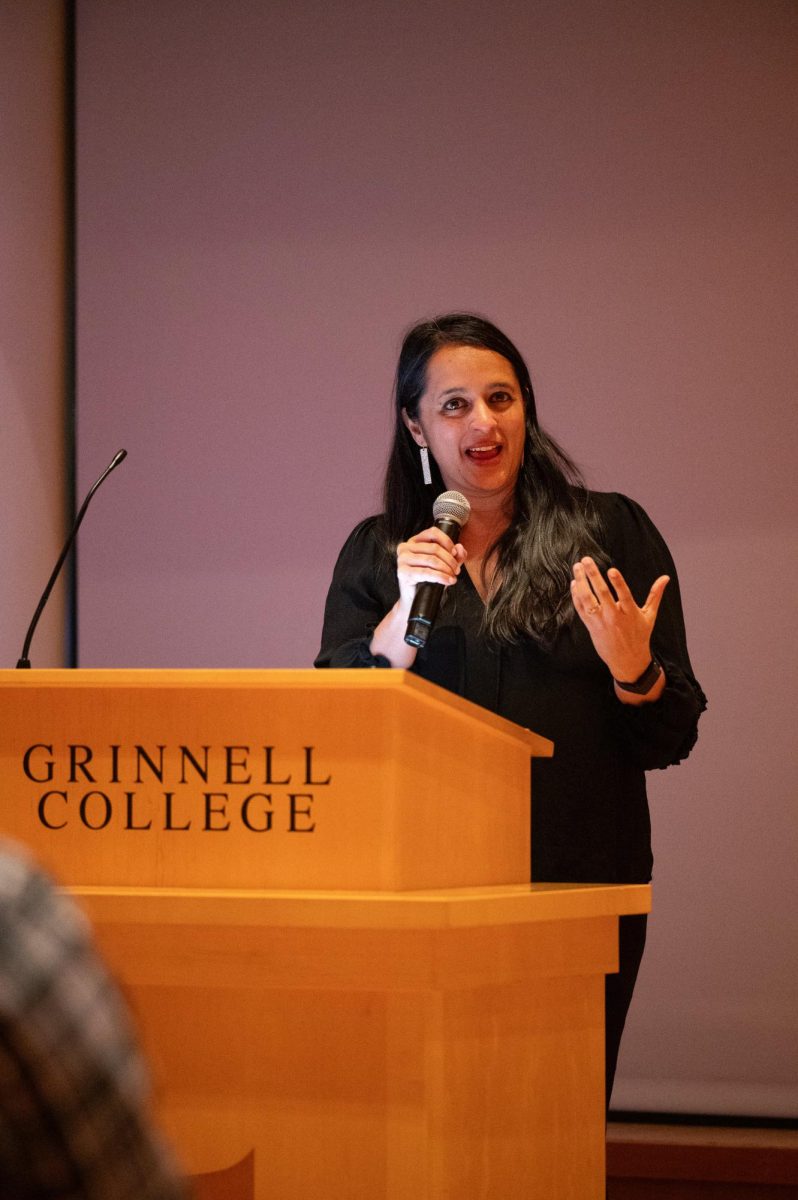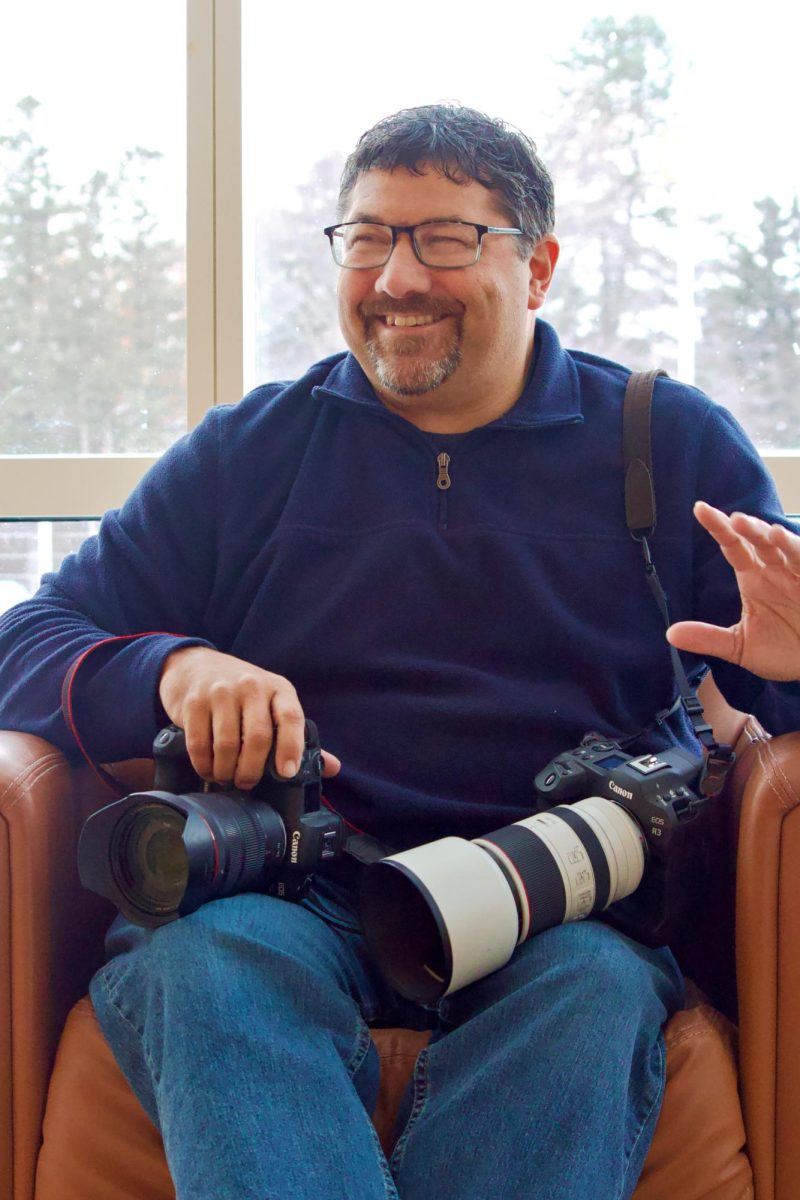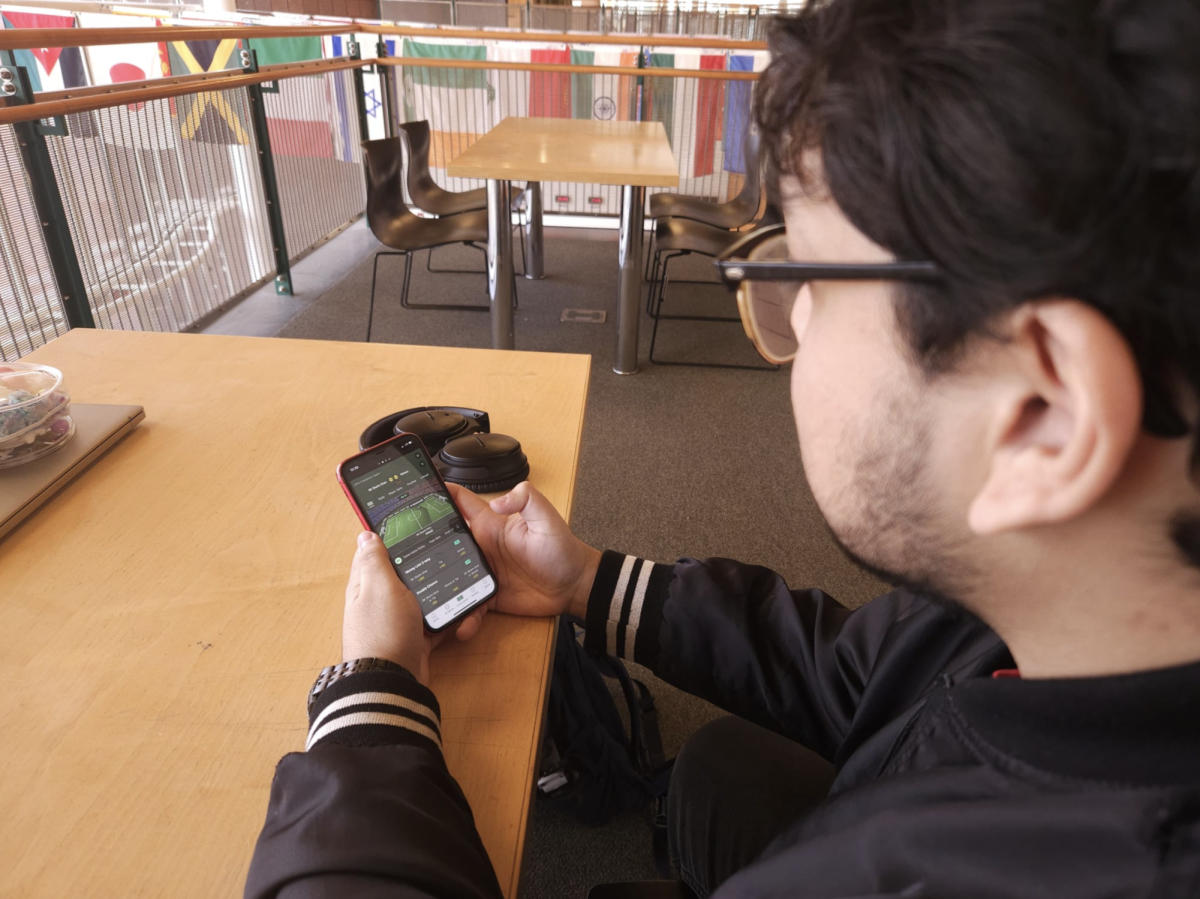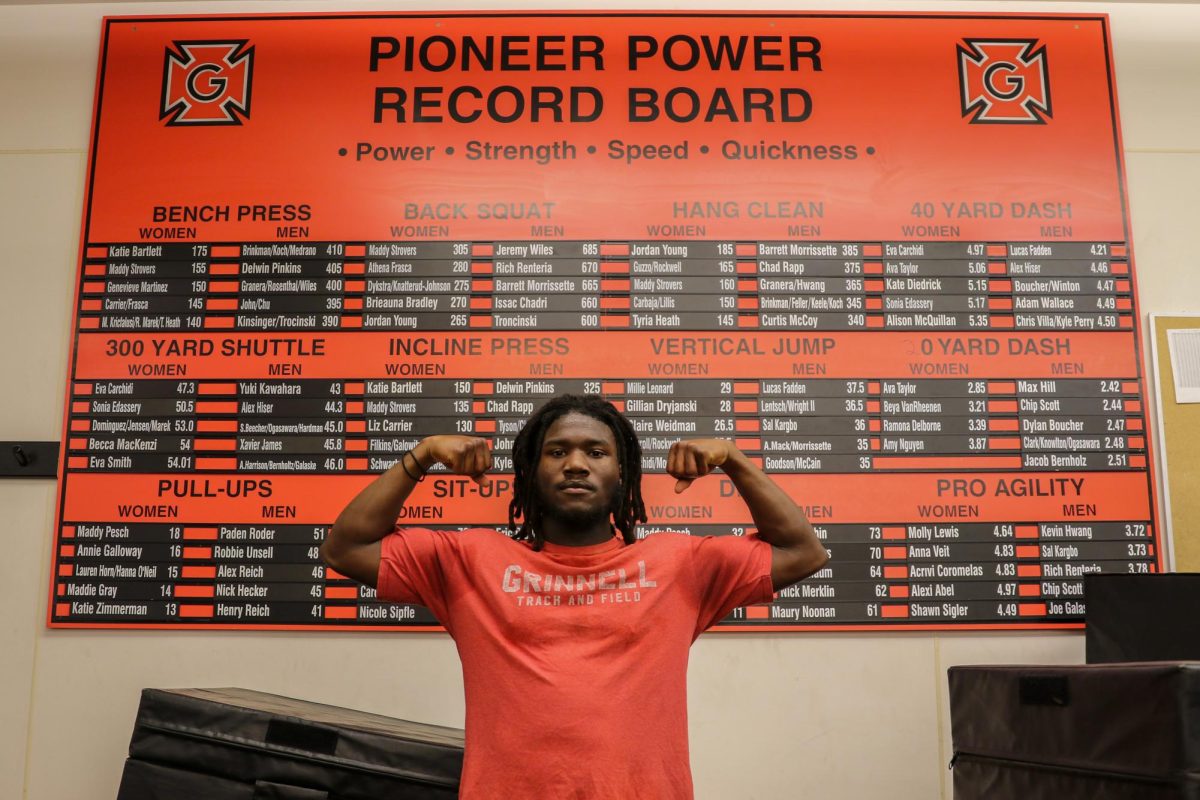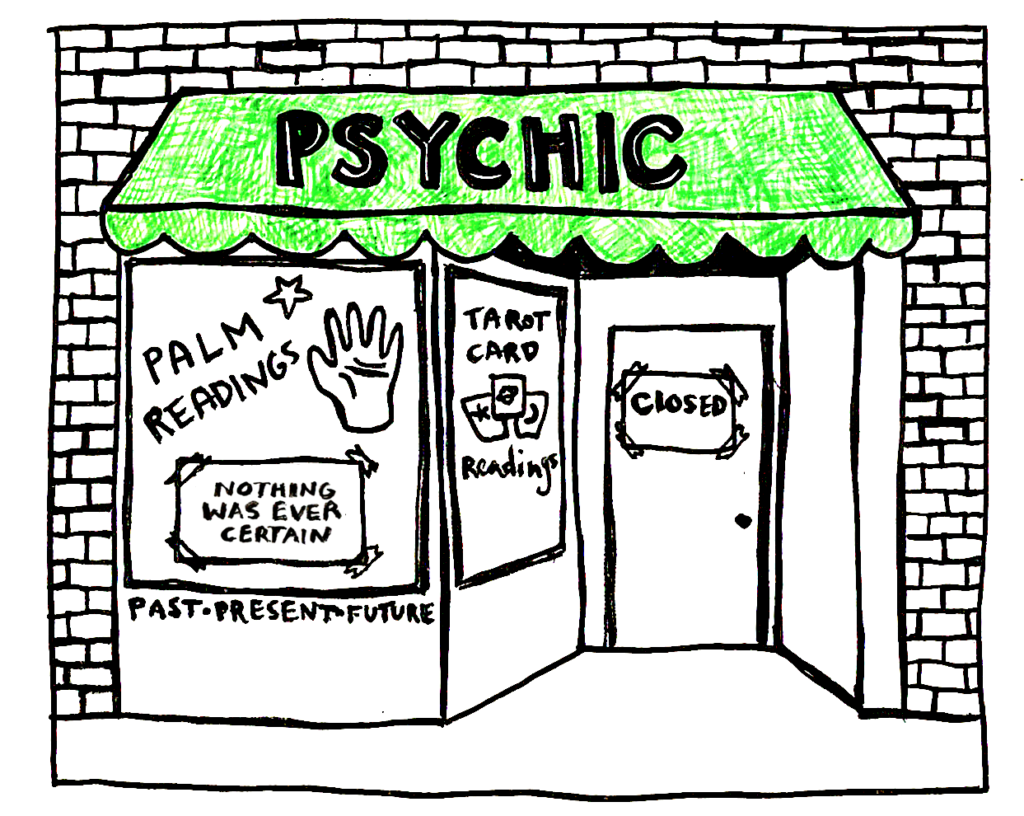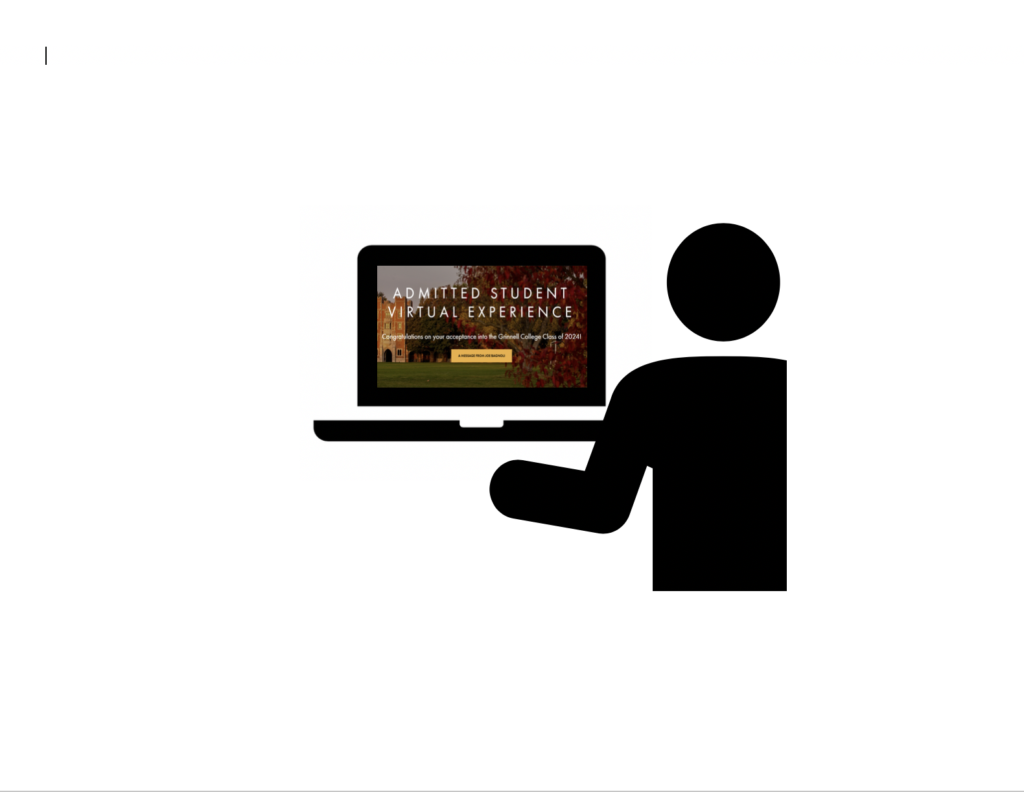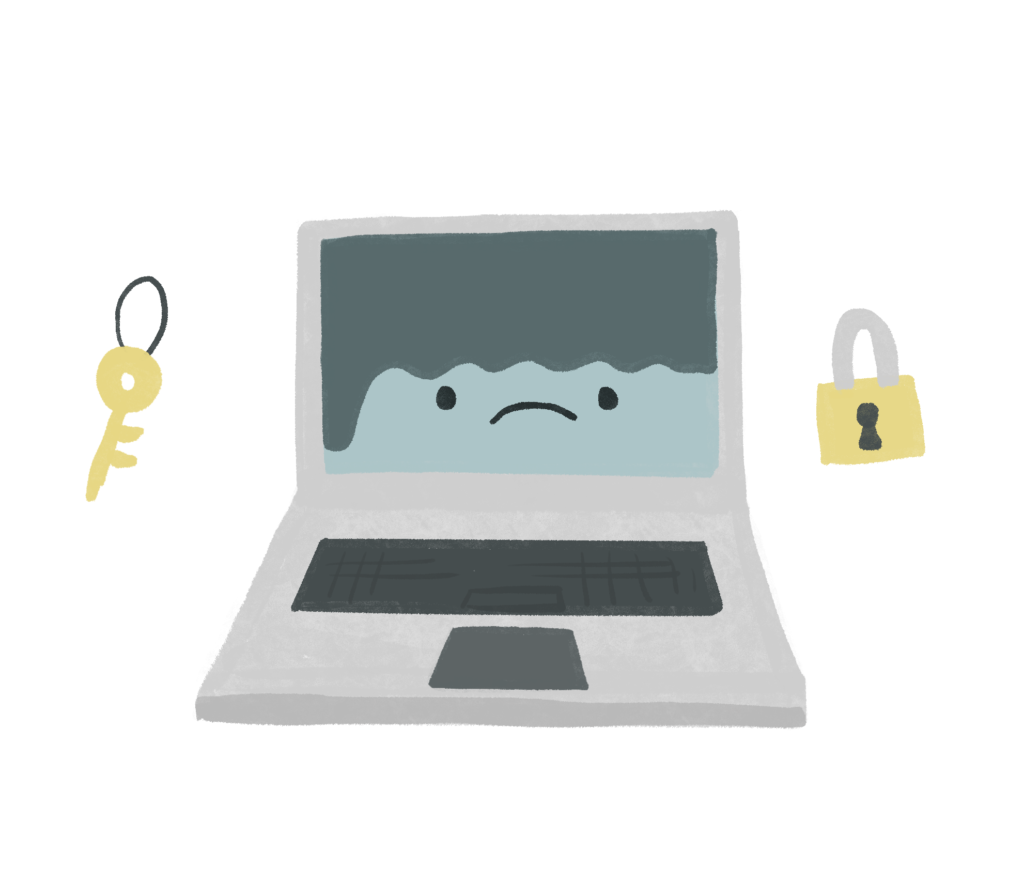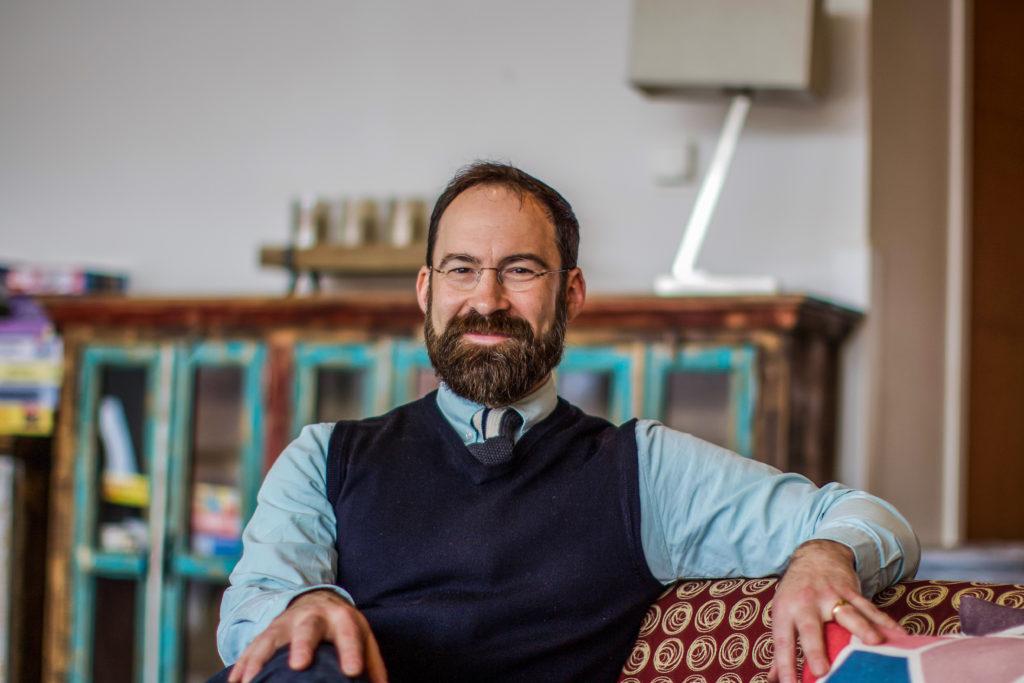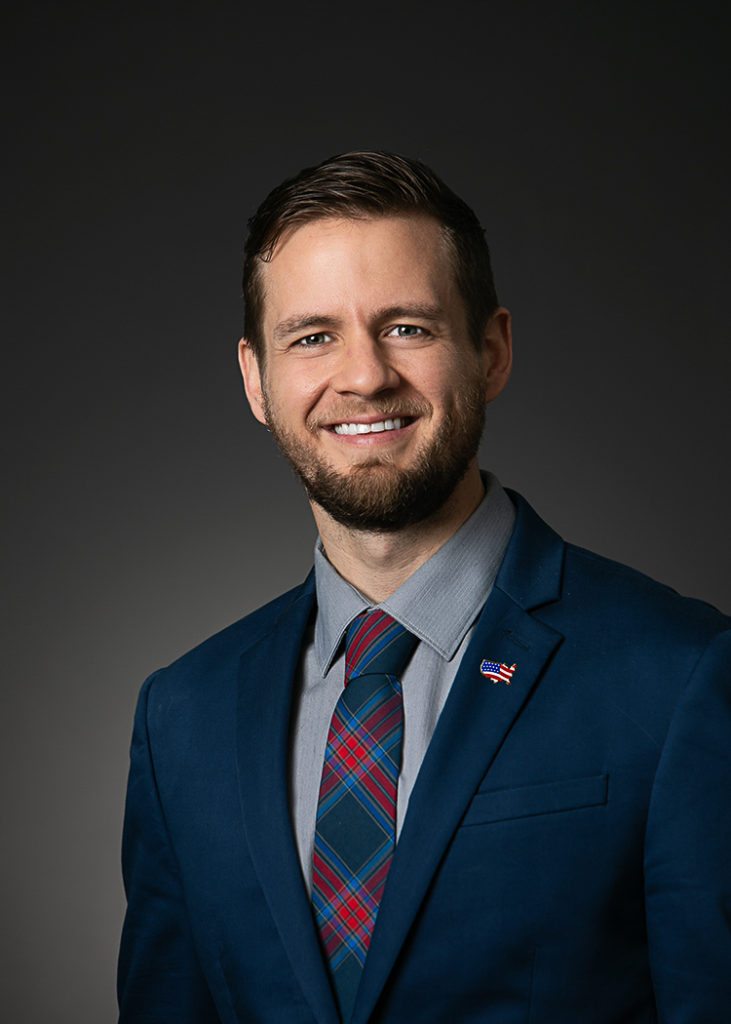This week, I wanted to write about my personal relationships with three popular models of explaining personality: astrology, the Enneagram, and Myers-Briggs.
I am a Pisces/Sag/Libra. If you don’t speak astrology, that means I have a Pisces sun, a Sagittarius moon and a Libra rising. That might also mean nothing to you so here’s a translation: overall, I am sensitive and creative. Emotionally, I am jubilant and adventurous. On the surface, I’m a friendly diplomat.
I am a 6 wing 7. If you missed the Enneagram craze that swept Grinnell over the past couple of academic years, the Enneagram is a personality test that many Grinnellians have been talked into taking on their iPhones in D-Hall. There are nine overall personality types. Take the test on the “Eclectic Energies” website and see what you think. For the uninitiated, my status as a 6w7 means I am very concerned with security and stability but also like to externalize my emotions and chase fun.
I am an ENTJ. Myers-Briggs isn’t as popular as the Enneagram at Grinnell but I know two major things about it: it’s based on Carl Jung’s thinking and middle-aged people in my life love it. According to the website 16Personalities, the ENTJ is “the Commander.” Other ENTJs are Gordon Ramsey and Steve Jobs.
Often when I talk about how I conceptualize myself within these systems, people tell me that these models are fake for one reason or another. But these definitions seem true in my conceptualization of myself because I relate to them.
Before talking about the deeper implications of my readiness to classify myself within these various models, I wanted to look more closely into the history of each model based on what I can glean from Wikipedia, my favorite “I’m busy, okay?!” research source.
Explaining the world through astrological events is an idea that has emerged in many different places and at many different times. I am discussing the astrology that we commonly talk about in Grinnell and in America: the 12 signs. Wikipedia says that “among Indo-European peoples … until the 17th century, astrology was considered a scholarly tradition.” However, when Europe learned that the solar system orbits the sun, people came to see that the theoretical framework of astrology as pseudoscience. The Smithsonian website suggests that modern American astrology has grown from the early 20th-century occult craze. A man named R.H. Naylor, who Smithsonian writes, “was an assistant to high-society neo-shaman Chiero, who’d read the palms of Mark Twain, Grover Cleveland, and Winston Churchill,” appears to have written the first newspaper horoscope column ever. Newspaper horoscopes took off because people liked them. So that’s one framework for understanding humans and our lives.
According to Wikipedia, although the actual origins of the Enneagram are somewhat unclear, “contemporary Enneagram claims are principally derived from the teachings of Oscar Ichazo and Claudio Naranjo.” Ichazo is a Bolivian psychological theorist who founded a “human potential movement group” called The Arica School in 1968. Wikipedia says that Ramparts magazine described The Arica School as “A body of techniques for cosmic consciousness-raising and an ideology to relate to the world in an awakened way.” Naranjo was a Chilean “pioneer in integrating psychotherapy and the spiritual traditions,” who, according to his page on Wikipedia, passed away in July of this year.
Although these two men brought the idea of the Enneagram to many people in the 20th century, some Enneagram enthusiasts have said that Ichazo and Naranjo’s Enneagram echoes the ideas of a Christian mystic named Evagrius Ponticus who lived in Alexandria in the 4th century.
All of these people agree that there are eight or nine core drives that motivate each person. Google the Enneagram if you want to know what they are—I don’t have space to explain all of the Ennea-stuff here. But that’s a second theory that seeks to explain our personalities.
Mother-daughter pair Katharine Cook Briggs and Isabel Briggs Myers created the original MBTI from the theories of psychiatrist Carl Jung. Wikipedia writes, “Jung … had speculated that people experience the world using four principal psychological functions—sensation, intuition, feeling and thinking—and that one of these four functions is dominant for a person most of the time.”
What is interesting about Myers-Briggs is that it does not come from the world of spirituality or from tabloids. It comes from the theories of a founder of modern psychiatry. Many people have debunked specific theories of Jung and Freud, but their ideas are still very popular beyond the internet communities and D-Hall tables where astrology and the Enneagram are very alive today
I am not interested in making claims like “true” or “untrue” from these three models for understanding people. I only want to talk about my own personal relationships with them, and how I have observed them working in my life since I learned about them.
For me, these models are easy ways to communicate my own needs in certain situations. When I say, “I’m such a 6!” it takes less effort than saying “I’m very anxious about my security right now even though you might not be.” When I say, “I’m such an emotional Pisces!” It’s easier than saying, “I know this doesn’t make you cry, but I, on the other hand, am gonna go cry right now.” And I don’t really know enough about Myers-Briggs to make a relevant example of how I act like an ENTJ, but you get the point—when everyone has a baseline understanding of these models of personality it becomes a useful way for us to talk about ourselves in a way that is legible to others. Another reason I like the Enneagram is that it provides a built-in framework for growth that is easy to talk about with others.
The concept of growth ties into something I try to remember when I put myself into these personality type boxes to make myself more legible to myself and others: I am not a fixed being. I have gotten different Enneagram results on different days, even though after careful deliberation I see myself as a 6 (careful deliberation is a very 6 thing, by the way). I relate to being a Pisces/Sag/Libra in different ways at different points in my life.
Just because I can describe my personality in a certain way today doesn’t mean that the way I act won’t change. When putting myself in a box, I need to also remember that the box is not a law but a theory. Each personality model only needs to be as relevant in my life as it is useful to myself and others. I can work to change in healthy ways if I want to.
Disagree with anything you see here? This column about communication is in itself an act of communication, so email me and we can talk. [pagekell].










